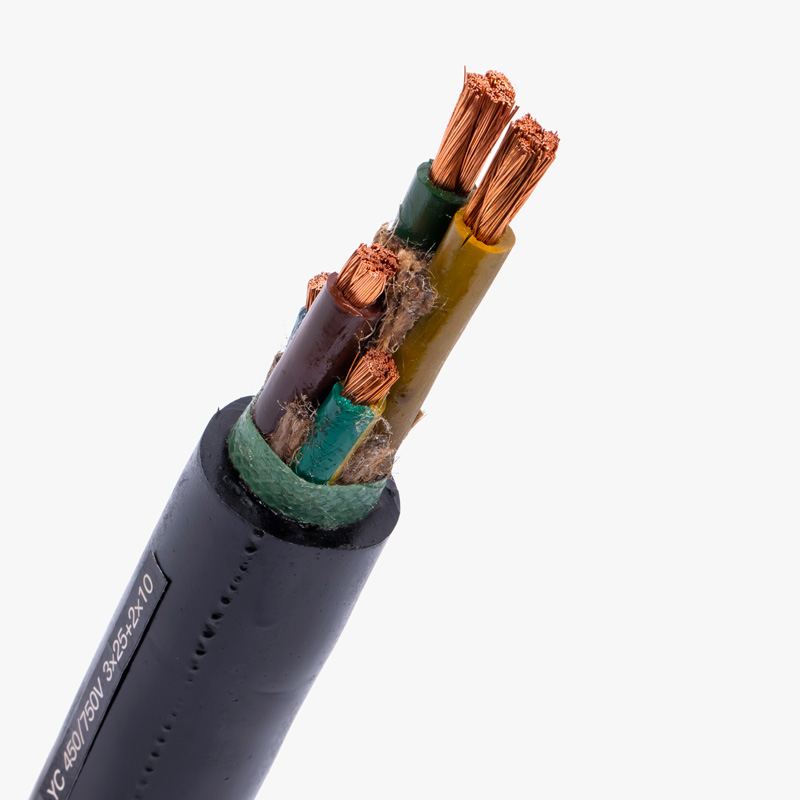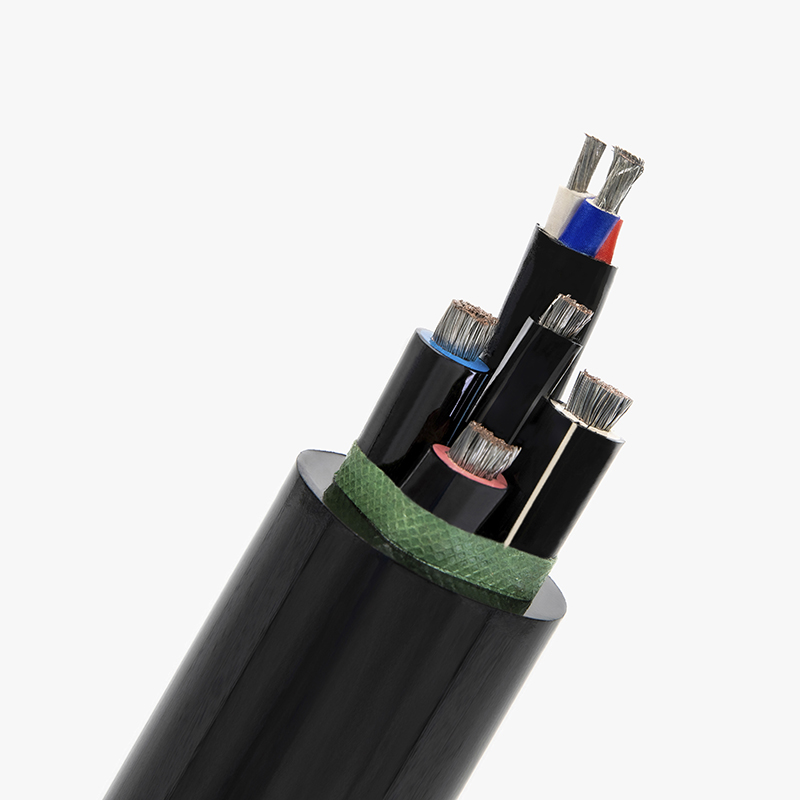Cable Selection Strategies for Outdoor, Industrial, and Harsh Environments
When installing cables in demanding outdoor or industrial settings, it’s critical to select products designed to withstand water exposure, UV radiation, and mechanical stress. Optimal cables feature multi-layer protection, including water-blocking layers, UV-resistant sheaths, and armor or reinforced jackets to prevent cuts or crushing during installation and use.
Waterproof Cables: IP Ratings and Structural Design
Outdoor environments expose cables to varying degrees of moisture. Selecting cables with appropriate waterproof ratings and structural protections is essential. Common waterproof ratings are categorized under the IP (Ingress Protection) code system.
| IP Rating | Protective Capability | Applicable Scenario |
|---|---|---|
| IP65 | Dust-tight, protected against water jets | Outdoor lighting, temporary installations |
| IP67 | Dust-tight, protected against immersion (1m, 30 min) | Underground junctions, conduit systems |
| IP68 | Dust-tight, protected against continuous submersion | Subterranean installations, flooded areas |
Choose cables with gel-filled cores or water-blocking tape, sealed connectors, and thick outer jackets. For submerged or underground applications, go for IP67 or IP68 cables with HDPE or PE jackets.
UV Resistance: Standards, Materials, and Durability
Sunlight, especially UV radiation, can degrade cable sheaths, causing cracking and failure. UV-resistant cables meet standards such as UL 1581 or ISO 4892-2. Optimal materials include black polyethylene (PE), cross-linked polyethylene (XLPE), or UV-stabilized PVC.
| Scenario | Recommended Sheath Material | Expected Lifespan |
|---|---|---|
| Exposed rooftops | UV-stabilized PVC | 8–10 years |
| Solar PV installations | XLPE | 20+ years |
| High-humidity outdoor zones | Black PE | 15–20 years |
For outdoor installations under direct sunlight, prioritize black PE or XLPE jackets. Test certifications like the QUV Accelerated Weathering Test indicate reliable UV resistance.
Mechanical Damage Protection: Design and Standards
Outdoor cables are vulnerable to mechanical damage from crushing, cuts, rodents, and abrasion. Damage can occur during installation or in service. Protection options include armor layers (steel tape, aluminum), dual-layer sheaths, and spiral or corrugated designs.
Mechanical protection is typically tested according to IEC 60502 or UL 1277 standards. Cables for high-risk areas (e.g., construction zones or underground routing) should feature steel wire armor (SWA) or corrugated steel tape (CST). In lower-risk areas, tough PE or double-sheathed constructions are often sufficient. Always assess on-site risk level before selecting a cable.
Comprehensive Cable Selection Comparison
| Requirement | Best Insulation Material | Best Jacket Material | Structural Reinforcement |
|---|---|---|---|
| Waterproofing | XLPE | PE | Water-blocking tape |
| UV Resistance | XLPE | Black PE or UV PVC | UV additives |
| Mechanical Protection | XLPE | PE | Steel tape armor |
Final Recommendation
Choose cables certified to international standards with proven protection features for waterproofing, UV resistance, and mechanical durability—your safest route for long-term outdoor reliability.




